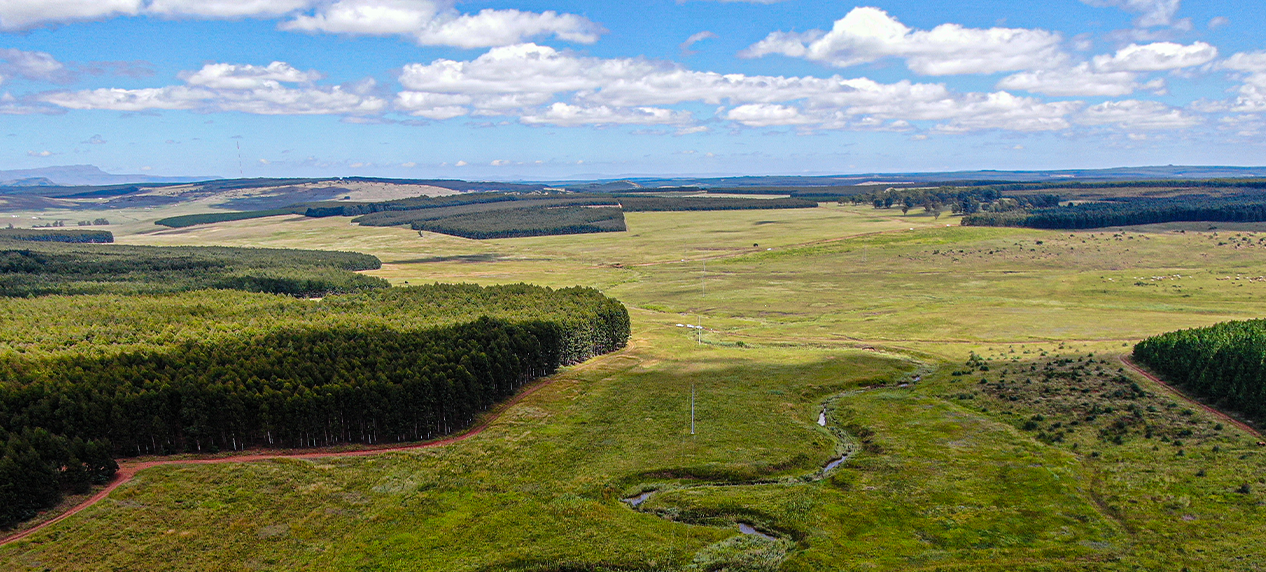Biodiversity is Everyone’s Business: Aligning Sustainability with Growth
By Catherine Kühn – Biodiversity Disclosure Project Manager, Endangered Wildlife trust

Marking the International Day for Biological Diversity in May was a reminder to all that business and biodiversity are deeply interconnected.
The theme this year was “Harmony with Nature and Sustainable Development”.
When ecosystems are damaged through harmful practices such as pollution, land degradation, and extraction of resources, the services they provide, such as clean water, fertile soil, timber, and crop pollination, are also affected.
Biodiversity loss is accelerating, driven by climate change, unsustainable land use, and overexploitation. Humanity has already exceeded six of the nine planetary boundaries, which provides a glaring narrative that if we don’t make significant changes to how we operate, our future is at serious risk. Biodiversity is deeply linked to the long-term resilience of businesses across all sectors. The loss of healthy ecosystems can disrupt supply chains, compromise resource availability and product quality, and expose companies to increased operational costs, regulatory pressures, and reputational risk.
In 2022, 196 countries, including South Africa, adopted the United Nations Convention on Biological Diversity’s Kunming-Montreal Global Biodiversity Framework (KM-GBF), a global framework with 23 targets aimed at halting and reversing biodiversity loss by 2030, and a goal to achieve “Living in Harmony with Nature” by 2050. For the first time in history, a global agreement in the form of Target 15 of the GBF calls on businesses and financial institutions to assess, disclose, and reduce their biodiversity-related risks, dependencies, and impacts, while promoting sustainable production and increasing positive contributions to nature. This marks a critical shift: biodiversity is no longer just a conversation about conservation; it is now a business mandate.
The Endangered Wildlife Trust supports this shift by working closely with South African businesses across sectors to understand their biodiversity risks, dependencies and impacts. The EWT’s Biodiversity Disclosure Project’s Biodiversity and Business Action Plan (BBAP) captures insights from South African companies, highlighting that while many businesses acknowledge biodiversity is important, most are still at the beginning stages of their biodiversity mainstreaming journey.
From many of the discussions held with South African businesses, we have been able to pinpoint some meaningful progress being made by leading companies. Some companies have started assessing and disclosing how their operations impact ecosystems and species, an essential first step in their commitment to transparent disclosure. Businesses are calling for practical tools and best practice guidance to help embed biodiversity into governance and operations. Others are recognising the need to invest in capacity-building, ensuring informed biodiversity decision-making across teams, from operational staff to executive leadership and boardrooms. And many others are exploring how investment strategies, incentives, and financial planning can support their nature-positive commitments and goals.
These shifts signal a broader realisation: Investment in biodiversity now means business resilience in the future. And in South Africa, the private sector has a critical role to play. With businesses managing or owning more than 25% of the country’s land. This is more than twice the land under formal conservation. That means that private enterprises play a critical role in identifying and managing land for biodiversity and are uniquely positioned to be part of the solution. From mining and energy operations restoring degraded land, to agricultural producers adopting regenerative practices, to retailers rethinking sourcing and packaging, each action brings us one step closer to restoring harmony with nature.
Biodiversity–deemed a global responsibility by the Convention on Biological Diversity–isn’t just about the pretty fynbos, or the lush savanna grasslands with roaming giraffe, wildebeest, and the odd African leopard hiding out in the Acacia tree; it’s about protecting the natural systems we all rely on and building a future where people, nature, and business can thrive in harmony.
